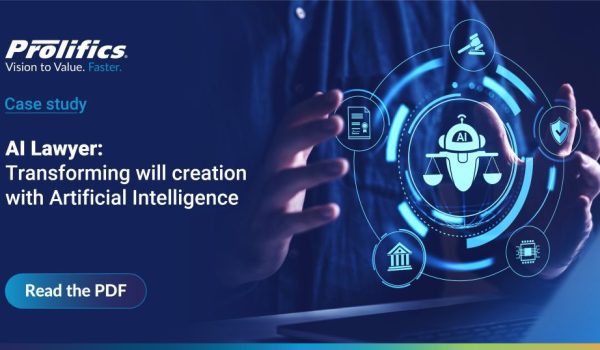2020 has been a strange year for every industry from Hospitality to Retail and Insurance to Banking, with each facing unique problems that have caused our typical ways of working to shift dramatically, resulting in the acceleration of Digital Transformation.
From an inability to host in-person events, to being unable to effectively collaborate on research in person, unavoidable barriers have been put in place which have hindered traditional means of communication and therefore put a dent in growth and progression. However, despite these obstacles, technology, and a desire to resist disruption has been the perfect catalyst for innovation and has set a challenge for IT teams to do more with what they have.
In this article we explore how enterprise Cloud technologies have been utilised across industries and their impact in keeping businesses working.
Cloud Technology:
A term which is firmly cemented in modern lexicon for those who are tech-savvy or not, is Cloud; anything from the use of storage websites such as IBM Box to streaming through Spotify, users see the benefits of Cloud sometimes without even knowing it.
As we entered the pandemic, we spoke about how Hybrid Cloud was a lifeline for businesses, which remains true, it allows businesses to facilitate innovation using SaaS offerings and applications which are crucial in terms of costs and can be accessed anywhere in the globe, perfect for those working from home.
Microservices:
A somewhat lesser known, but equally important Cloud technology that 2020 (and Digital Transformations in general) have pushed to the forefront for organisations is Containers and Microservices. Built to be lightweight, portable, highly scalable, and secure, there’s no surprise that Microservices have been leveraged to deal with the demand of increased user traffic, while ensuring that important data is contained within a secure environment.
Many have experienced Containers in action, most notably when using the video streaming website, Netflix, who had become an early adopter of this technology; however recently retailers have employed this technology when their website or customer-facing application is under a huge concurrent load- being able to automatically ‘spin up’ new ‘servers’ to handle the traffic has been essential in ensuring that their business can continue to trade as normal.
Many have the misconception that any applications can work in Containers, which isn’t far from the truth, however, it simply will not perform as well as a Cloud-Native application; these are rearchitected or modernised with technologies such as Red Hat OpenShift or the IBM Cloud Pak for Applications to ensure they work and fast. We speak more about re architecting and modernising apps, here.
MultiCloud Management:
As businesses looked to roll out SaaS offerings, new applications, and technologies during the pandemic, many realised that using one Cloud provider wasn’t enough. This was for several different reasons including running multiple Private and Public Clouds in tandem for customer-facing and internal purposes, to being able to avoid vendor lock-in and reduce costs by changing the throughput on each Cloud provider.
To deploy and manage these new innovations, many IT leaders looked at a MultiCloud strategy which solved many of the issues of availability, I.E: allowing users in different locations to connect to their closest server and still access sensitive documents using secure APIs, alongside significantly cutting costs by picking and choosing the best deal for their Cloud usage and for their High Availability and Disaster Recovery (HA/DR) requirements.
Managing and ensuring that this MultiCloud environment was initially something that many organisations have never implemented or looked at before and this challenge meant that integrations would have to be created between Clouds to ensure that data was accessed by the right people at the right time, also meaning that Container or VM technology for recovery had to be correctly implemented. Overcoming this challenge was made significantly easier by offerings that included MultiCloud management as standard such as Cloud Pak for MultiCloud or Red Hat OpenShift, both allowing for consistent visibility, governance and automation for SaaS, on-prem and even Edge computing.
The Technology Leveller?
Overall, most IT teams, despite the huge disruption, were able to successfully leverage advances in Cloud technology to fit in with their software estates, prompting a Digital Transformation, or modernisation, where necessary.
The great leveller that is Cloud technology, whether it’s Open Source or Enterprise, has even allowed the smallest brick and mortar businesses to thrive and flourish, while allowing large organisations to change directions quickly, or more crucially, expose their lack of agility to Business Leaders- posing the question:
Can your software estate handle the worst-case scenario? Or are you just waiting for it to go wrong?








